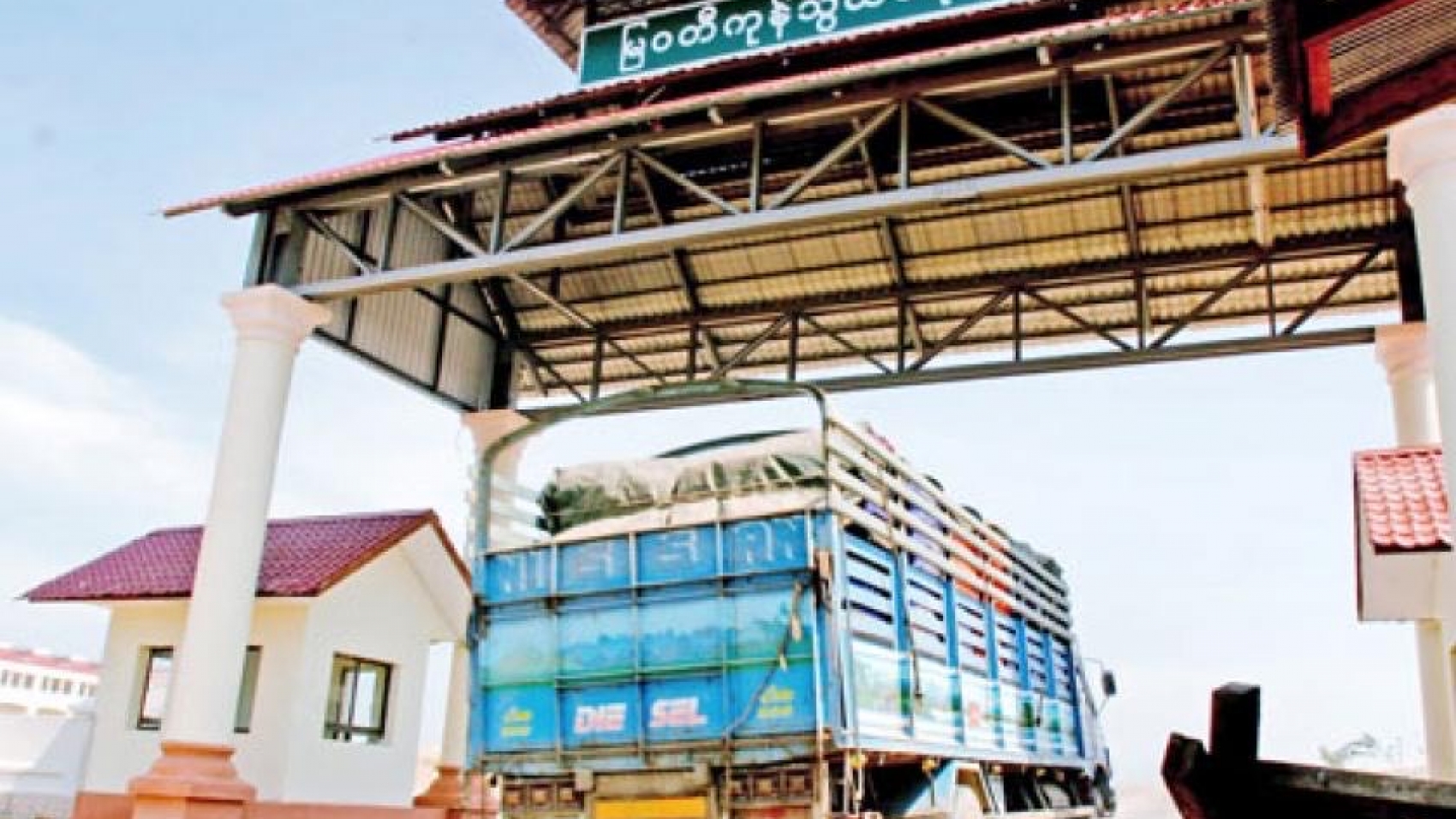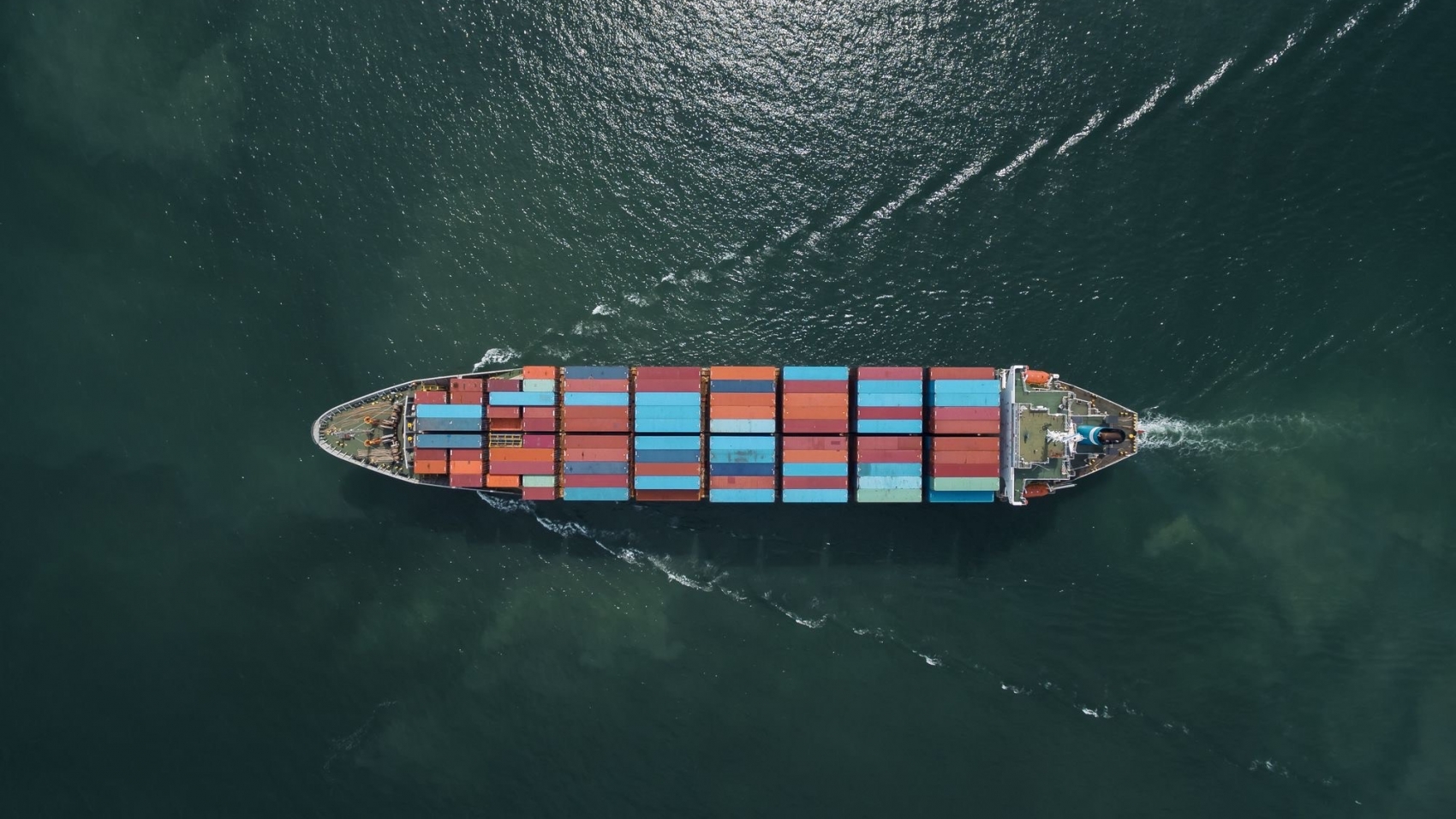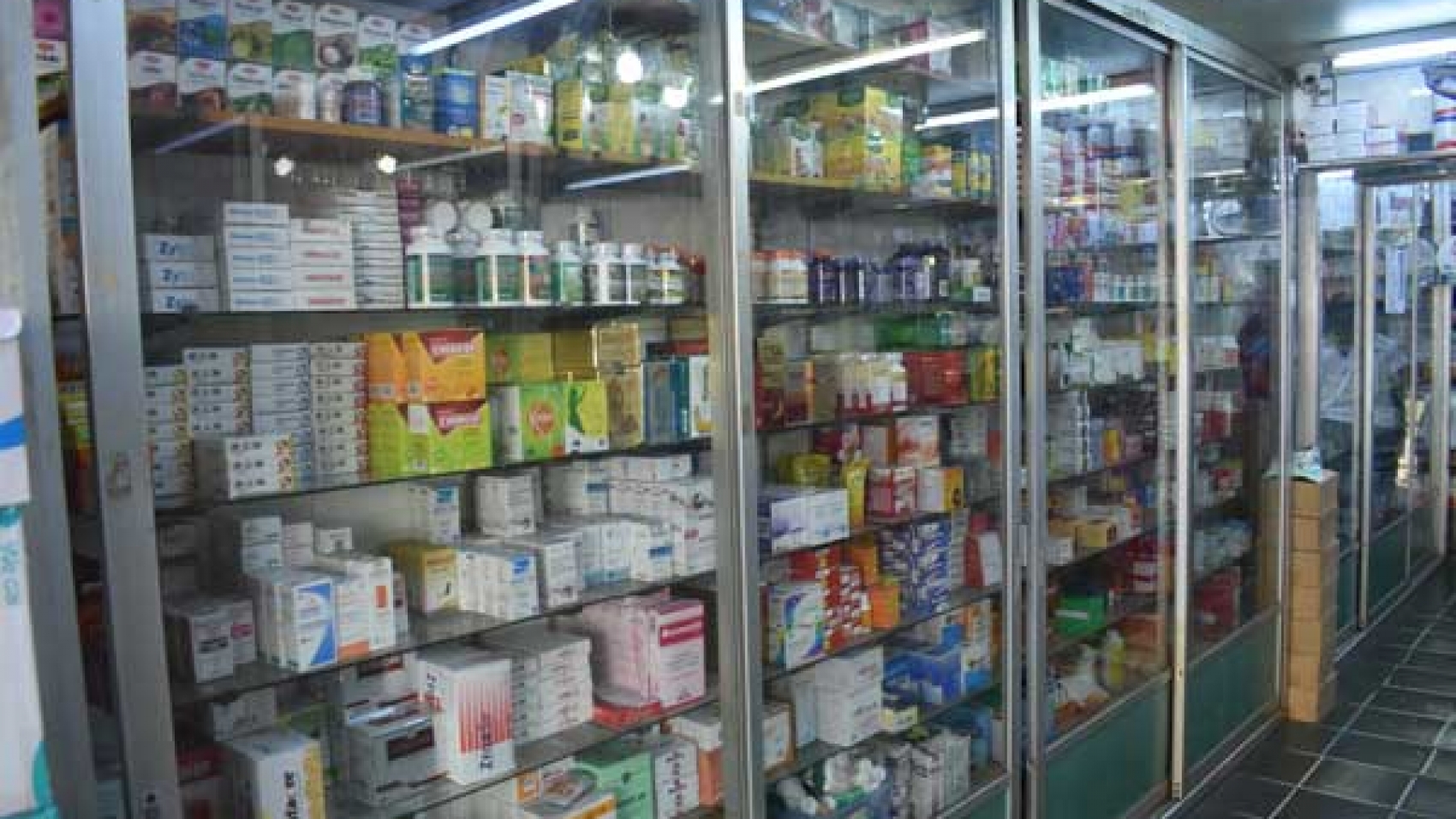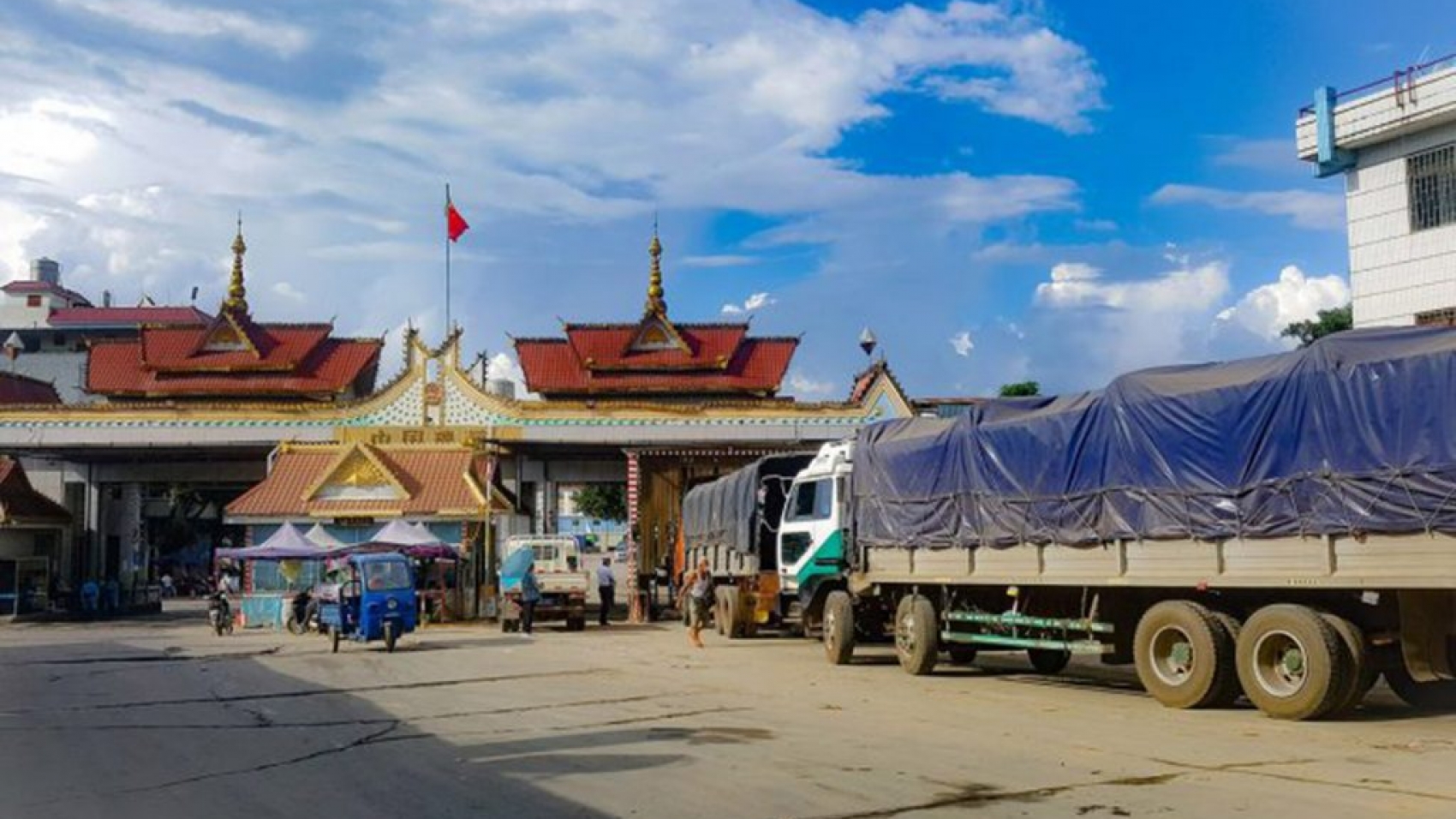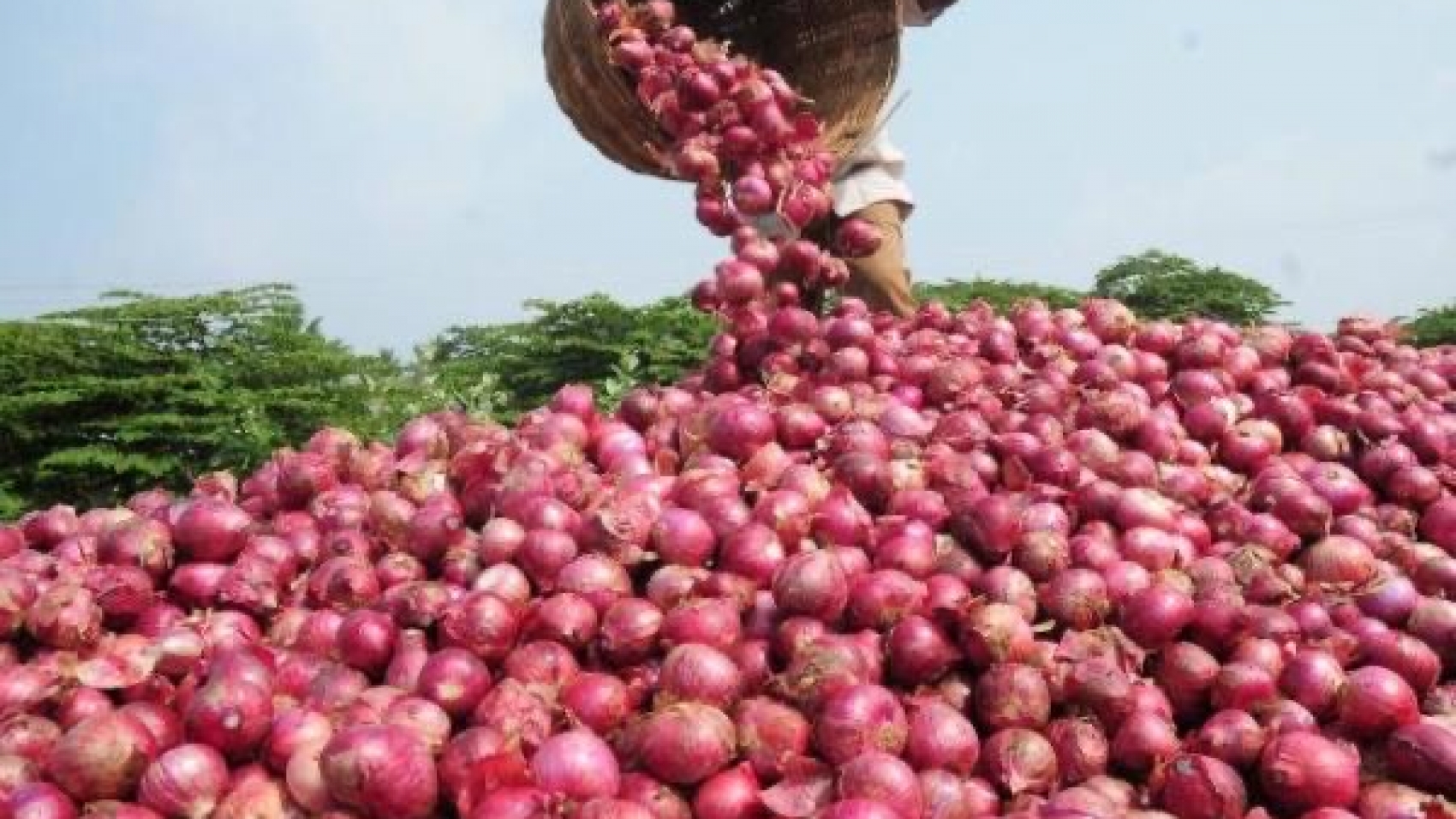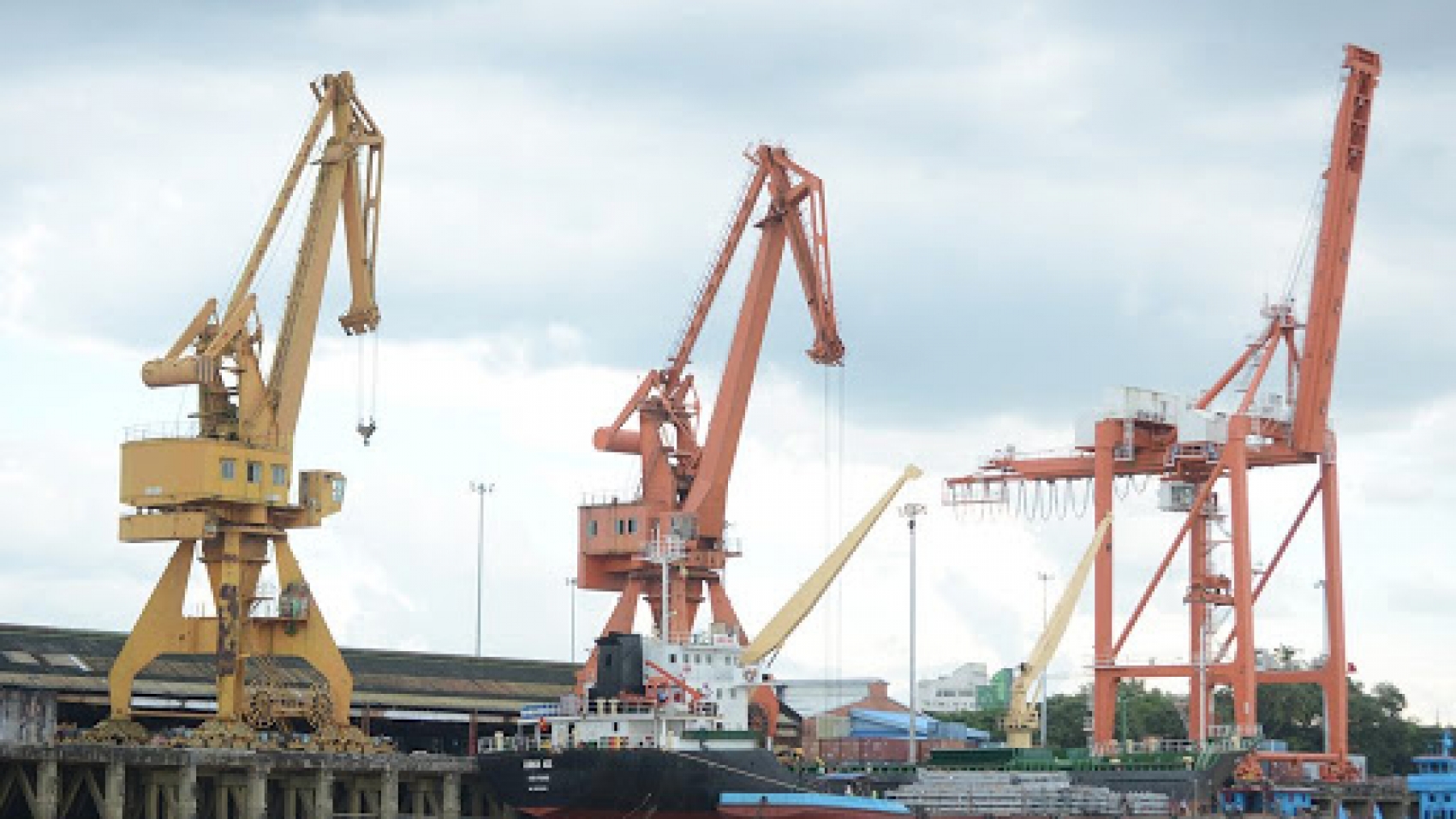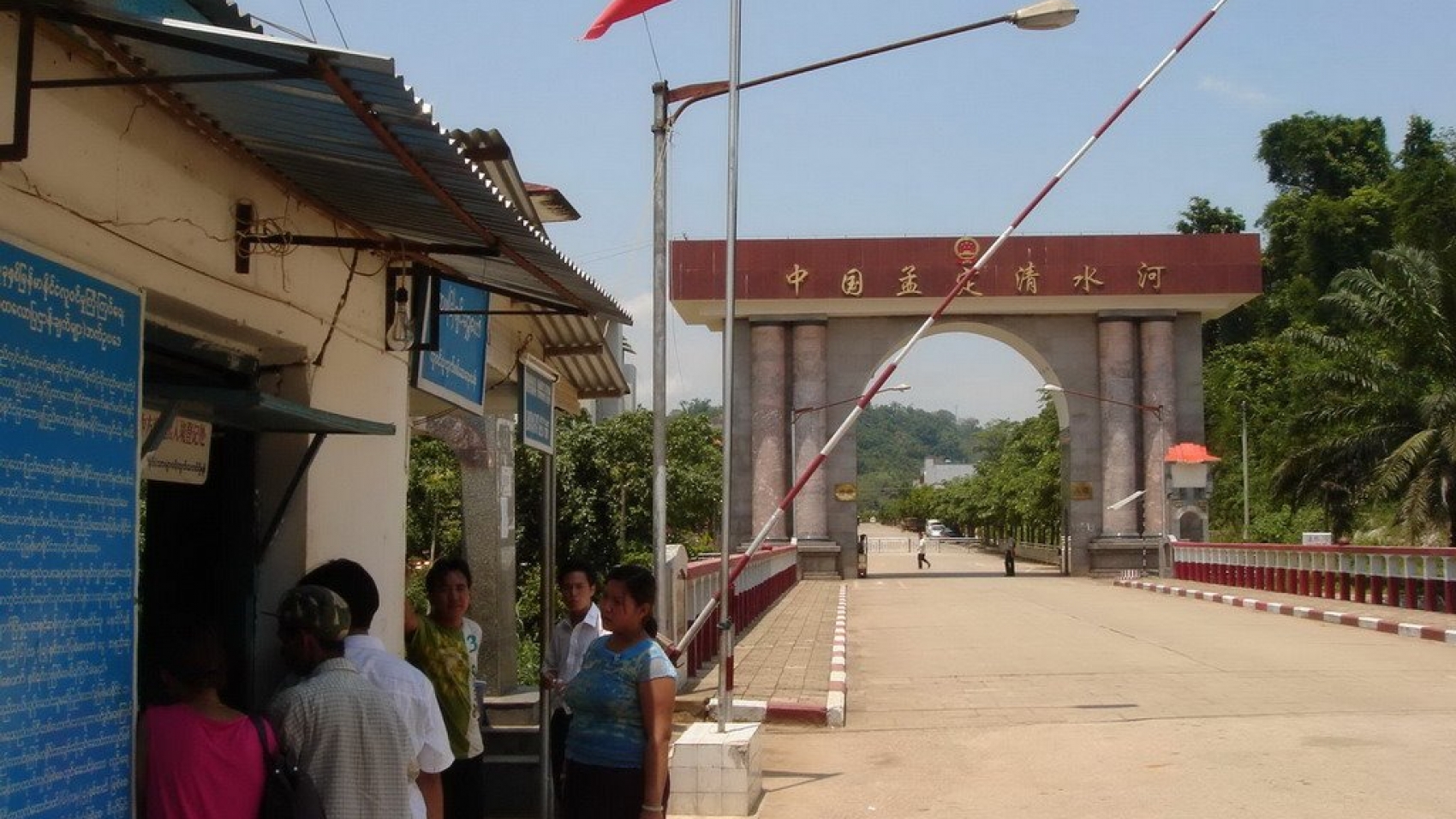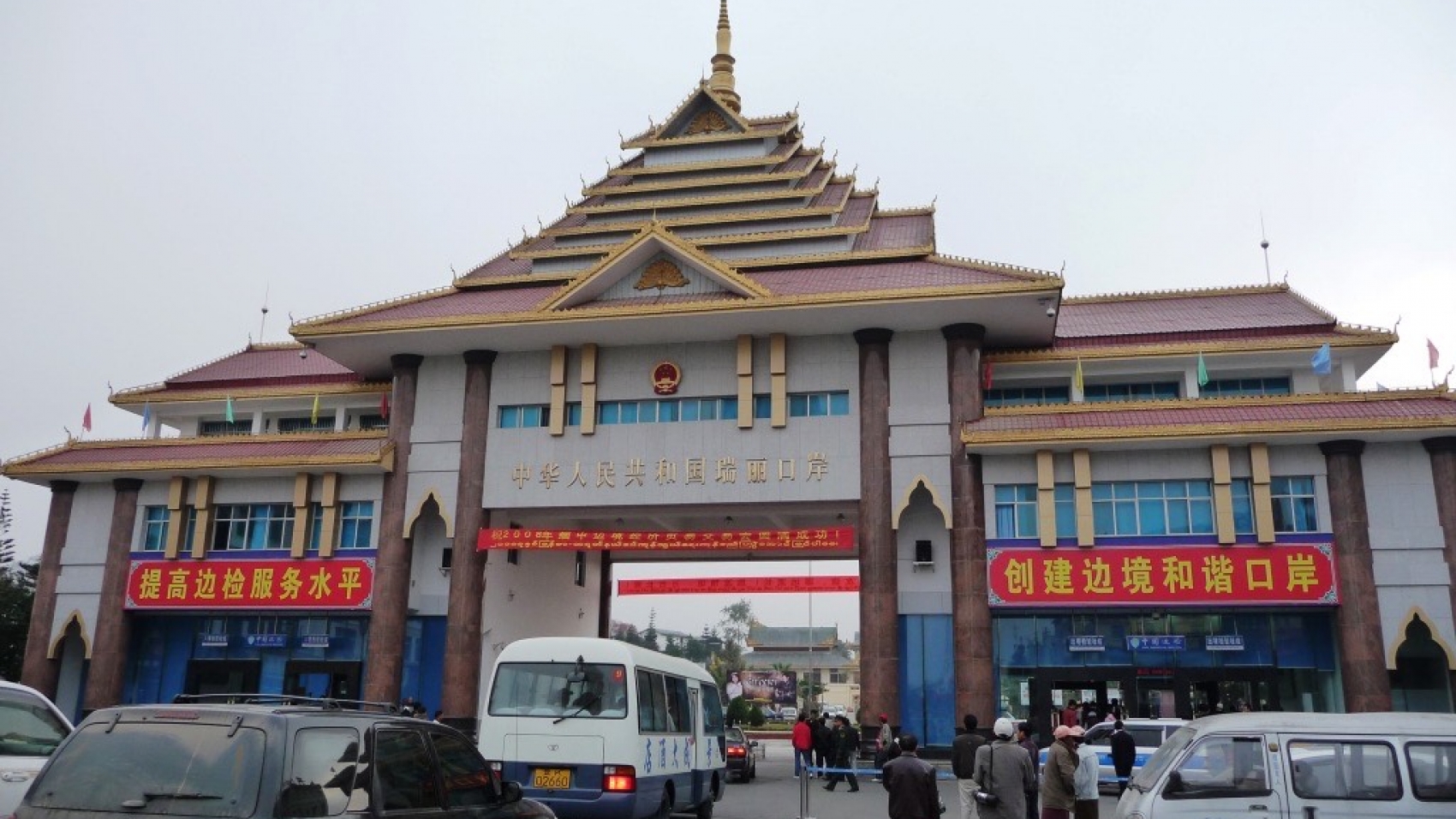The Central Bank of Myanmar (CBM) sold US$3 million for the third time this month on 25 June. About US$3 million were sold at an auction exchange rate of K1,595 per US dollar. On 7 June, the CBM sold about $ 3 million for the first time this month at an auction market rate. The bank has already sold a total of US$12 million within this month. In May, the CBM reportedly sold $24 million at an auction rate. The CBM is conducting auctions for foreign exchange to reduce the fluctuation of foreign exchange rates in a shortterm period and fulfil the needs of foreign exchange reserves.
The dollar exchange rate against Myanmar Kyat stood at around K1,330 per dollar at the end-January. Then, the rate jumped to K1,730 per dollar on 12 May. With the rising US dollar exchange rate, the CBM has been constantly selling the US dollar at an auction exchange rate since 12 May. Consequently, the exchange rate dips to around K1,600 in the local foreign exchange market.
The local foreign exchange market’s data in 2021, the highest and the lowest exchange rate is currently fixed around K1,327- 1,345 in January, K1,335-1,465 in February, K1,420-1,550 in March, K1,550-1,610 in April and K1,585- 1,730 in May. In 2020, the exchange rate moved in the range of K1,465- 1,493 in January, K1,436-1,465 in February, K1,320-1,445 in March, K1,395-1,440 in April, K1,406-1,426 in May, K1,385-1,412 in June, K1,367-1,410 in July, K1,335-1,390 in August, K1,310-1,355 in September, K1,282-1,315 in October, K1,303-1,330 in November and K1,324-1,403 in December.
Source: The Global New Light of Myanmar


